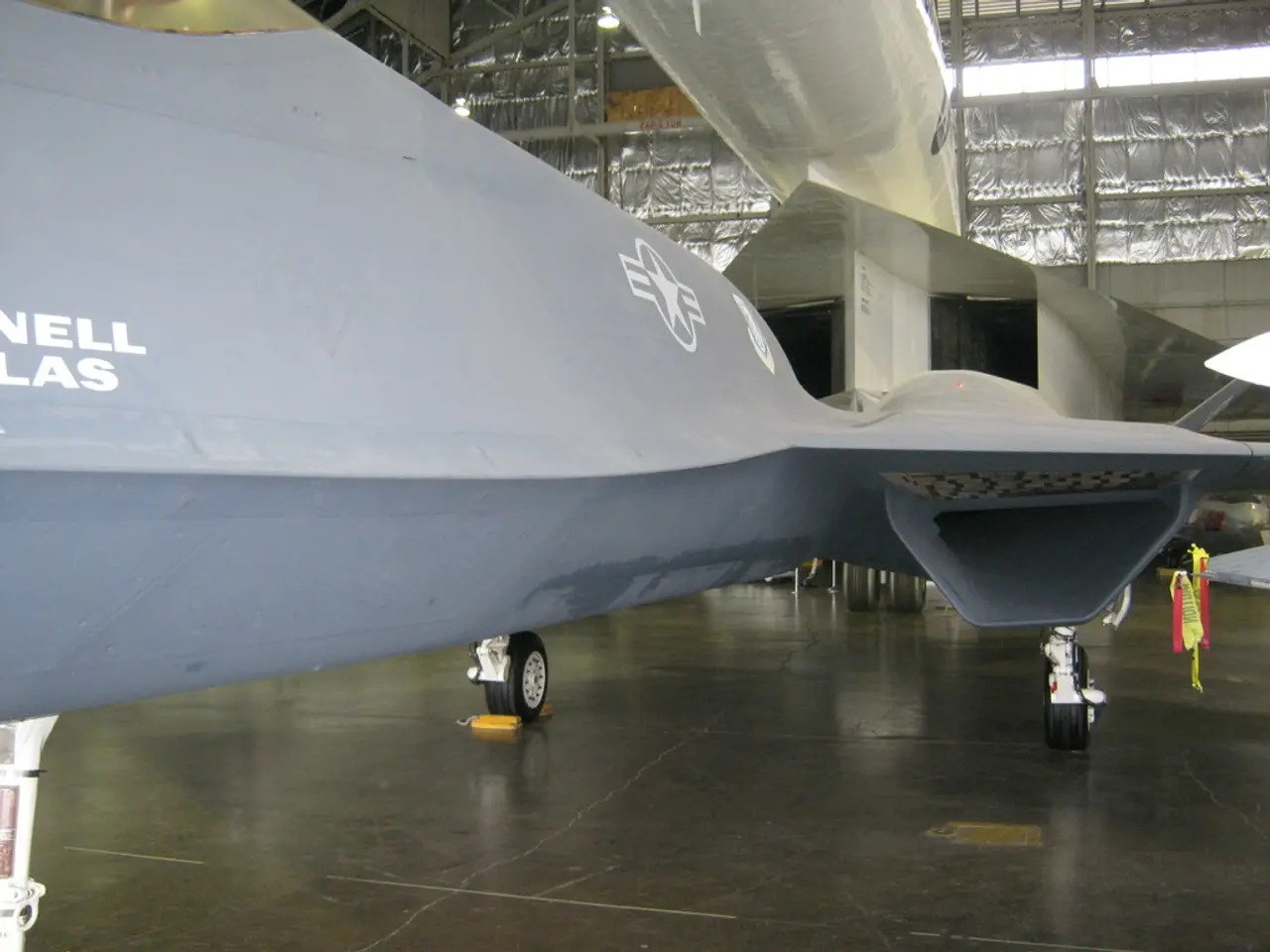Budget airlines in Asia face intense pressure, as evidenced by Jetstar Asia's departure, highlighting a tight market for low-cost carriers in the region.
Struggling Budget Airlines in Southeast Asia Face Challenges Amid Economic Instability
Budget airlines in Southeast Asia are grappling with a tough operating environment, as economic fluctuations and high operating costs threaten their profit margins and sustainability.
The region's budget carriers, known for their focus on cost efficiencies to offset low profit margins, are particularly susceptible to changes in the economy and competition. According to aviation analysts, these airlines are vulnerable to economic fluctuations and intense competition, with profit margins typically around 1% to 2%, significantly lower than the broader airline industry's 3% to 4%.
One of the key impacts of these challenges is the rising operating costs. Increased fuel prices, supply chain bottlenecks, and high business costs in major Southeast Asian hubs like Singapore and Hong Kong squeeze budget carriers' cost structure heavily. Many costs are denominated in US dollars while revenues are often in weaker local currencies, increasing financial strain.
Economic volatility is another significant factor. Fluctuating market conditions and unstable global economic outlooks force budget airlines to frequently adjust fare structures and strategies, complicating financial planning and reducing profit predictability.
Competitive pressure also compounds the challenge, reducing pricing power and margins. The exit of Jetstar Asia in 2025 after failing to sustain profitability is a stark example of this.
The regional context further exacerbates these issues. Southeast Asia's dynamic tourism sector and dependence on low-cost air travel mean these economic pressures have a ripple effect on connectivity and tourism growth. For instance, Singapore Airlines experienced a 59% net profit decline largely linked to economic and competitive challenges, signaling wider industry risks.
However, not all budget airlines are struggling. Some, like Vietjet, have shown resilience, achieving strong revenue and profit growth in 2025 by leveraging efficient operations and regional route expansion. This indicates that while challenging, sustainability is possible with strong management and market positioning.
Shukor Yusof, founder of Singapore-based Endau Analytics, an aviation industry consultancy and research firm, expects all airlines to adjust their fare offerings due to economic instability. He also predicts that the worse the world economy becomes, the more difficult it will be for airlines.
The Singapore-based Qantas subsidiary's exit from the market has left a gap in the budget airline sector in Singapore. With its ceased operations, the Singapore Airlines Group is now the only airline group based in Singapore operating carriers out of Singapore.
In conclusion, economic fluctuations and high operating costs reduce profit margins, increase operational risks, and threaten the sustainability of budget airlines in Southeast Asia, where competition and cost pressures are intense. Only those with robust financial health and adaptive strategies, like Vietjet, are currently managing to grow despite these headwinds.
- The intense competition and cost pressures in the Southeast Asian budget airline industry, paired with economic fluctuations, make it challenging for these airlines to maintain profit margins, typically lower than the broader airline industry's range.
- Rising operating costs, such as increased fuel prices, supply chain bottlenecks, and high business costs in major Southeast Asian hubs, add to the financial strain of budget airlines, many of which denominate costs in US dollars while revenues are often in weaker local currencies.
- The aerospace and transportation sectors are not immune to economic instability, as exemplified by the exit of Jetstar Asia in 2025 and the impact on Singapore Airlines' net profit, demonstrating the broader industry risks that stem from economic and competitive challenges.








